In the early 19th century, the contemporary Franco-Danish scholar Conrad Malte-Brun stated that: “The canton of Tesino [Ticino] is the poorest, and the people the most ignorant of any in Switzerland. The finest silk in the district is obtained at Lugano, a small town situated on the banks of a lake.” Until 1878 the three largest cities, Bellinzona, Lugano and Locarno, alternated as capital of the canton. In 1878, however, Bellinzona became the only and permanent capital. The 1870–1891 period saw a surge of political turbulence in Ticino, and the authorities needed the assistance of the federal government to restore order in several instances, in 1870, 1876, 1889 and 1890–1891.
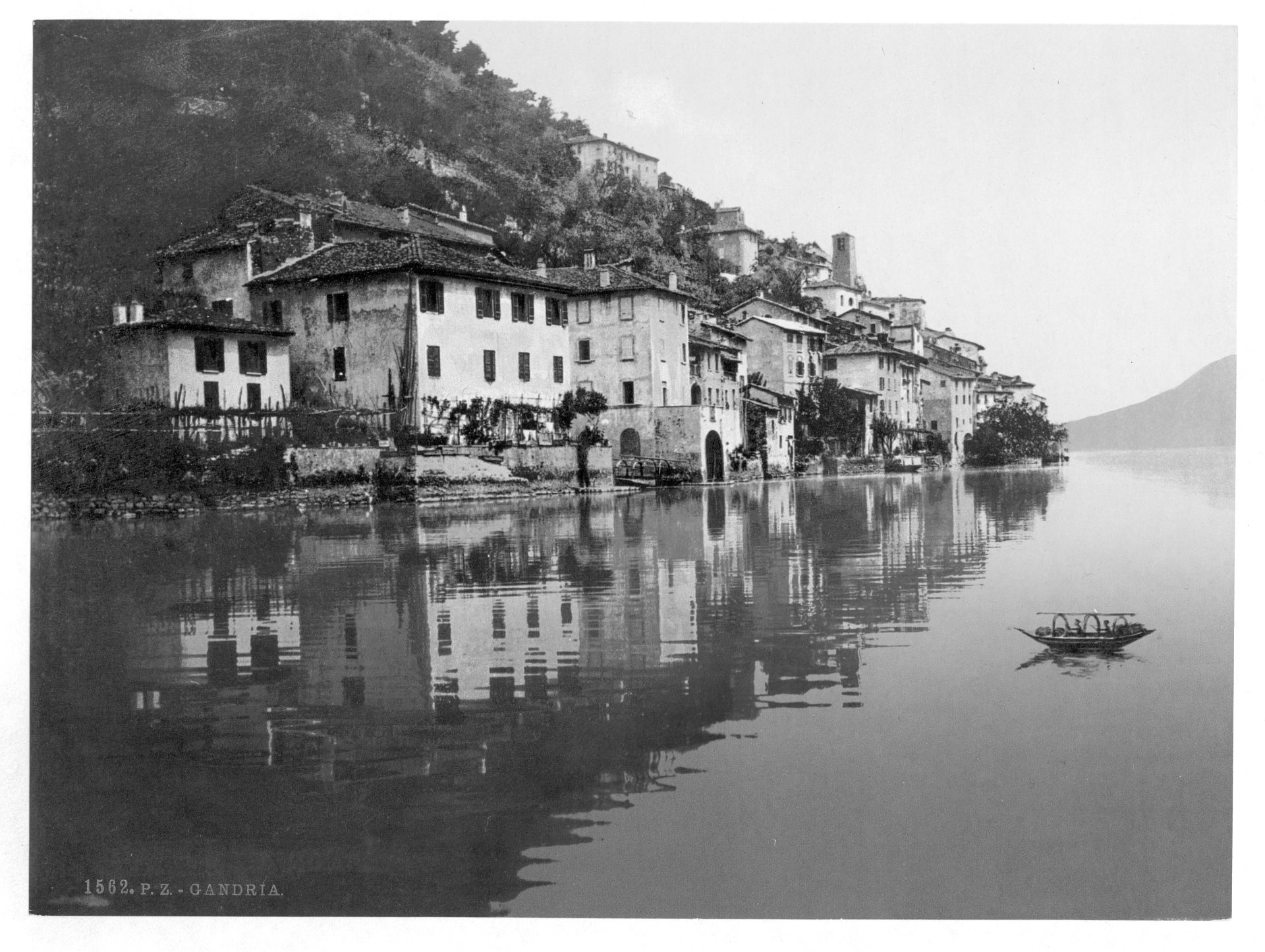
Gandria, general view, Tessin, Switzerland
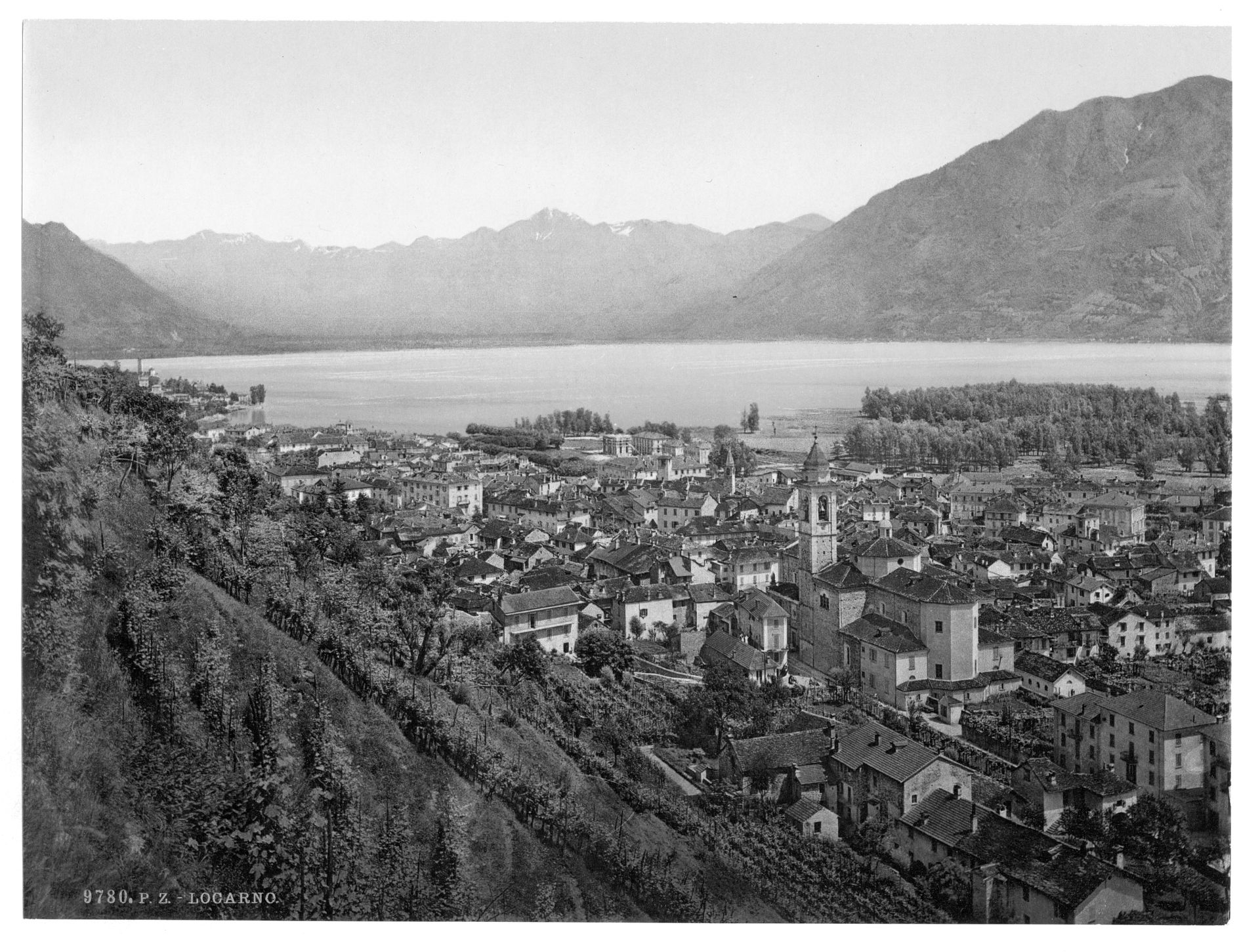
Locarno, general view, Tessin, Switzerland
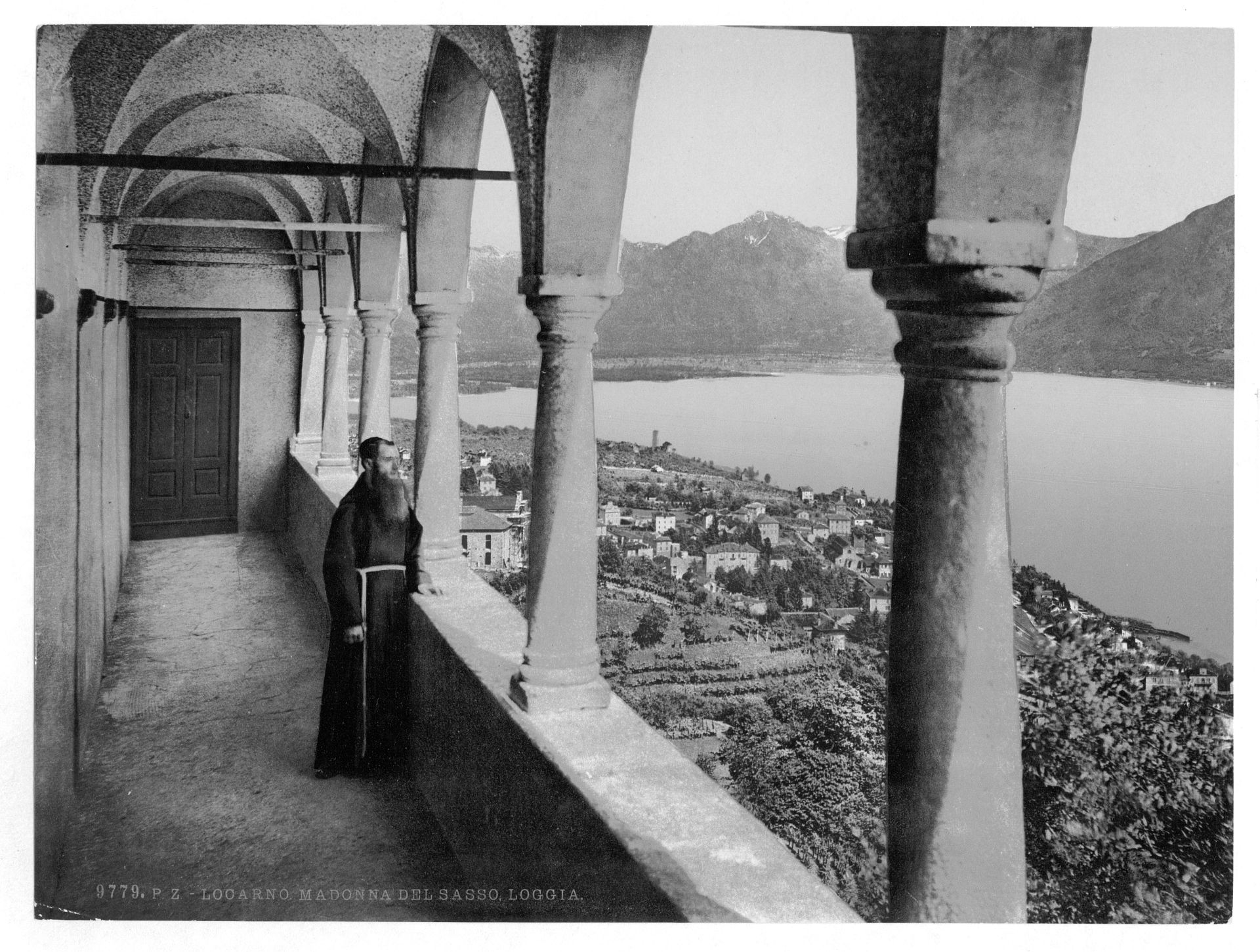
Locarno, Madonna del Sasso, Loggia, Tessin, Switzerland
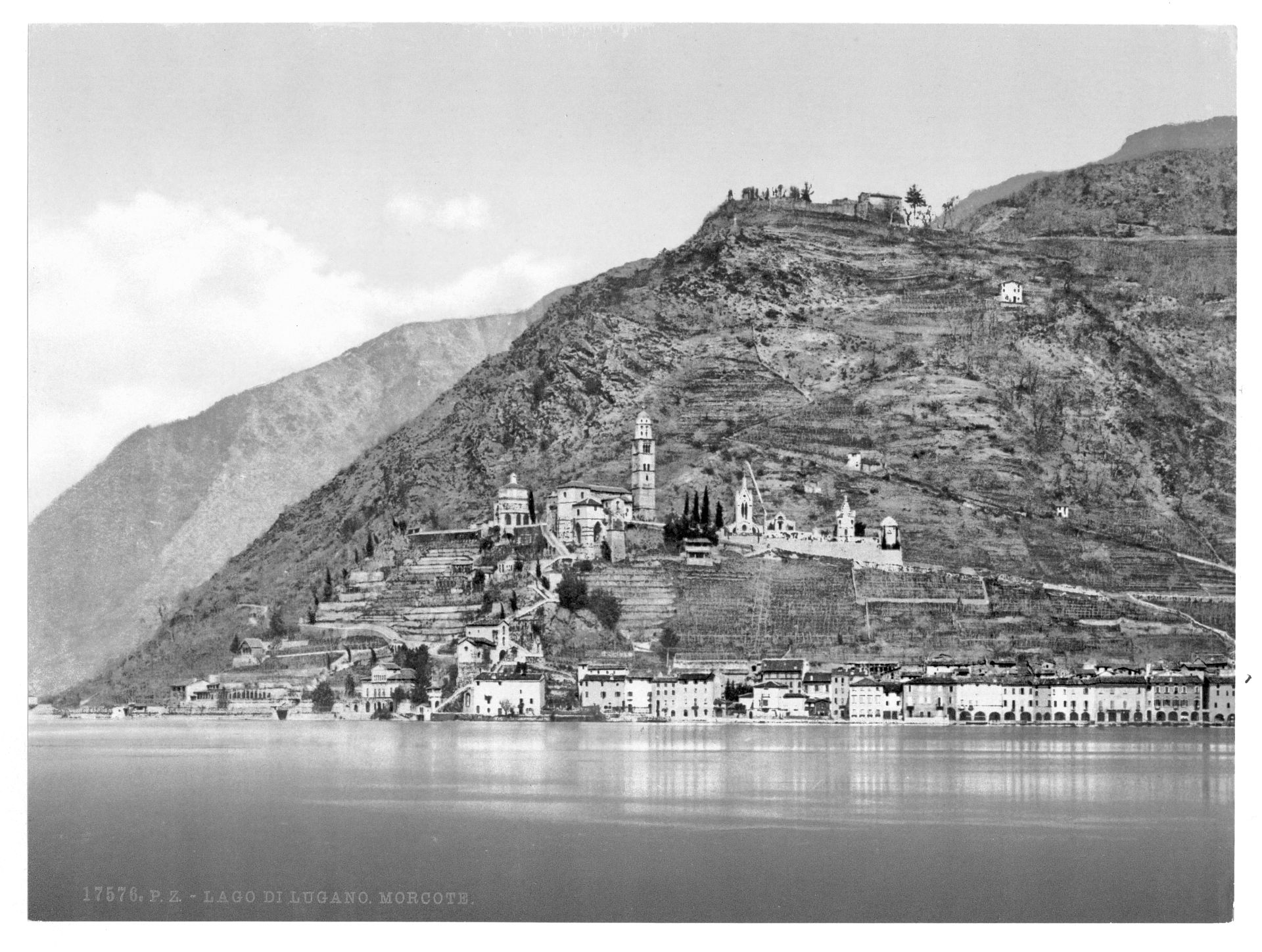
Lake of Lugano, Morcote, Tessin, Switzerland
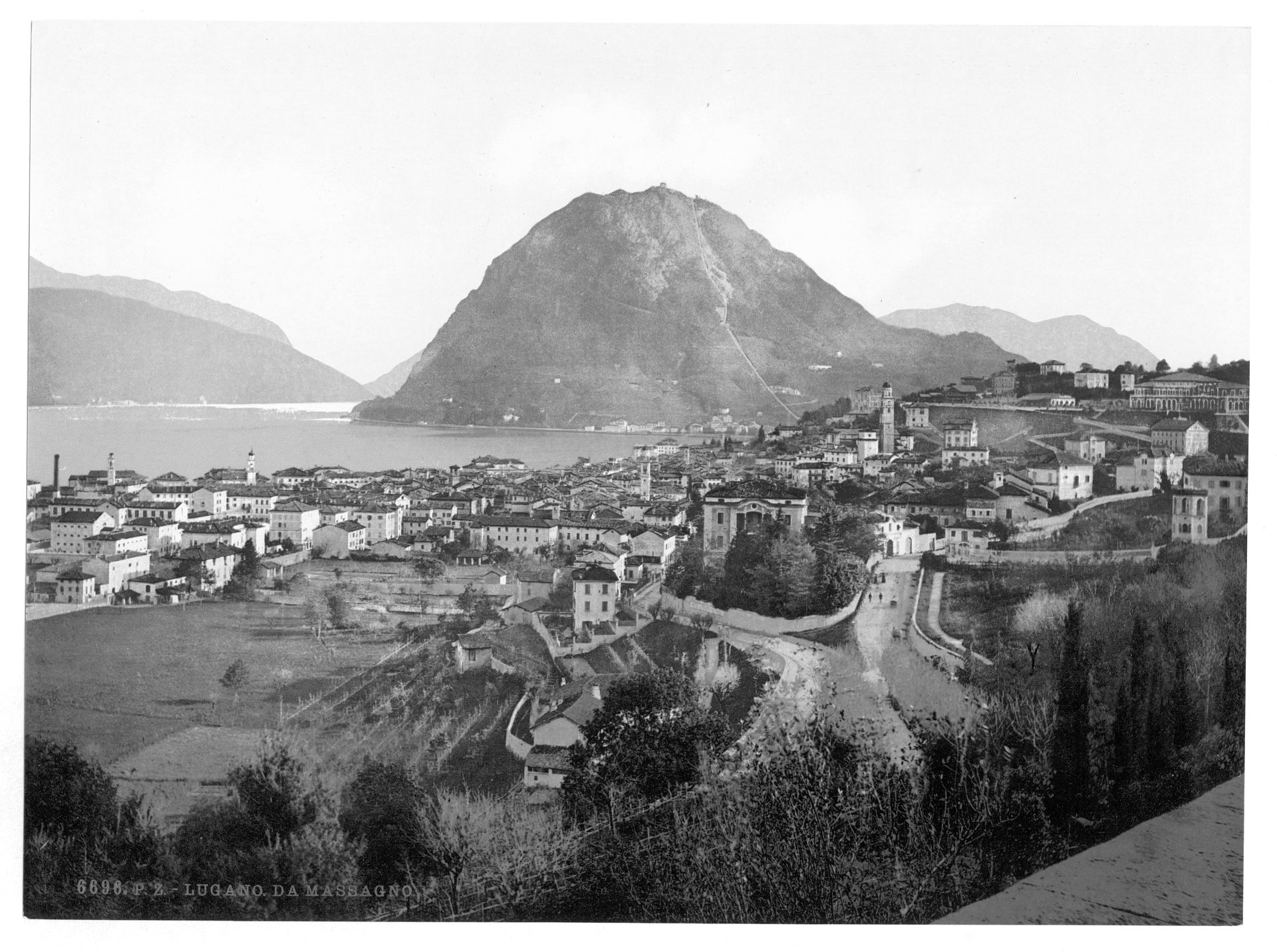
Lugano, from Massagno, Tessin, Switzerland
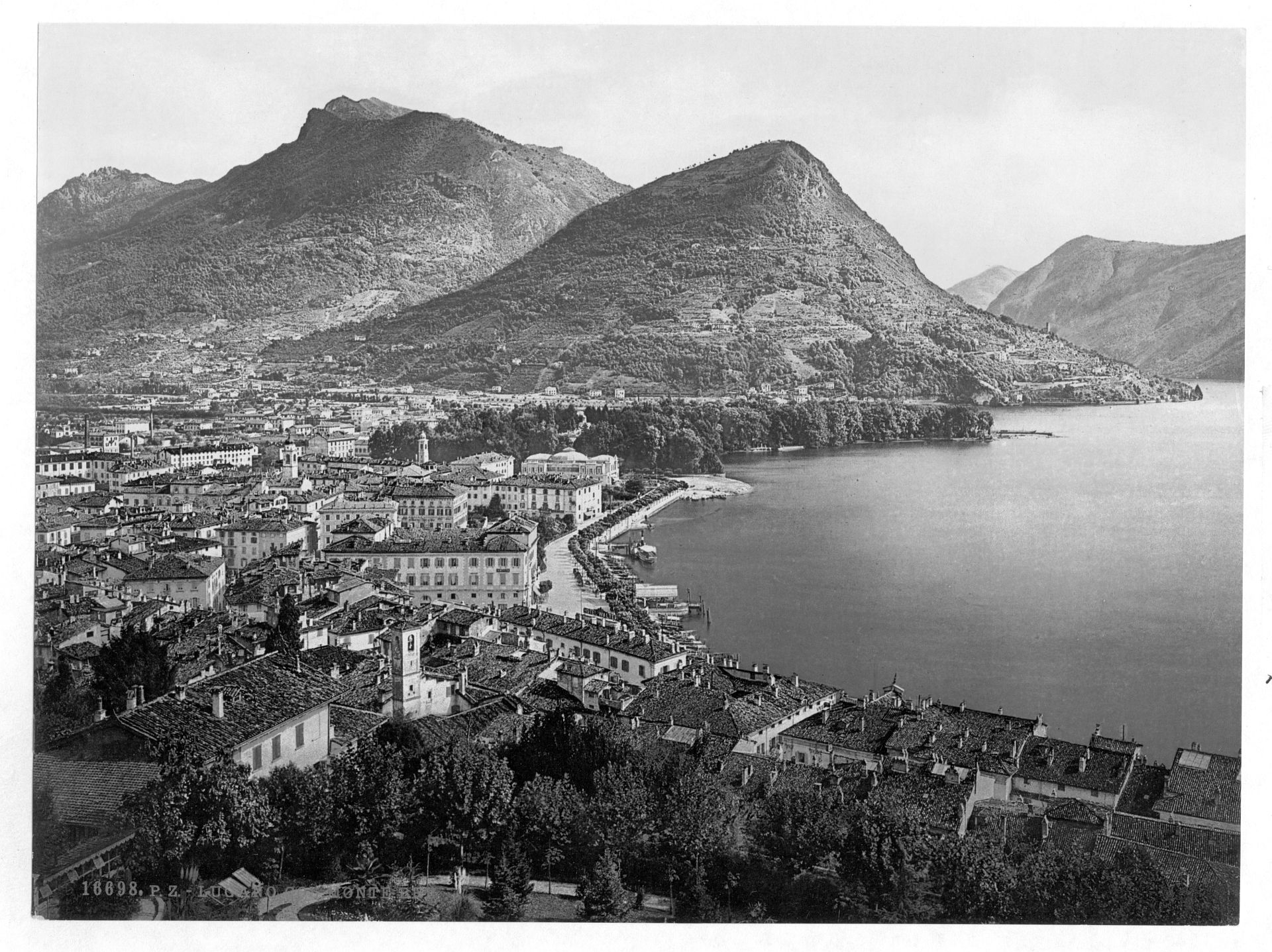
Lugano, and Monte Brè, Tessin, Switzerland
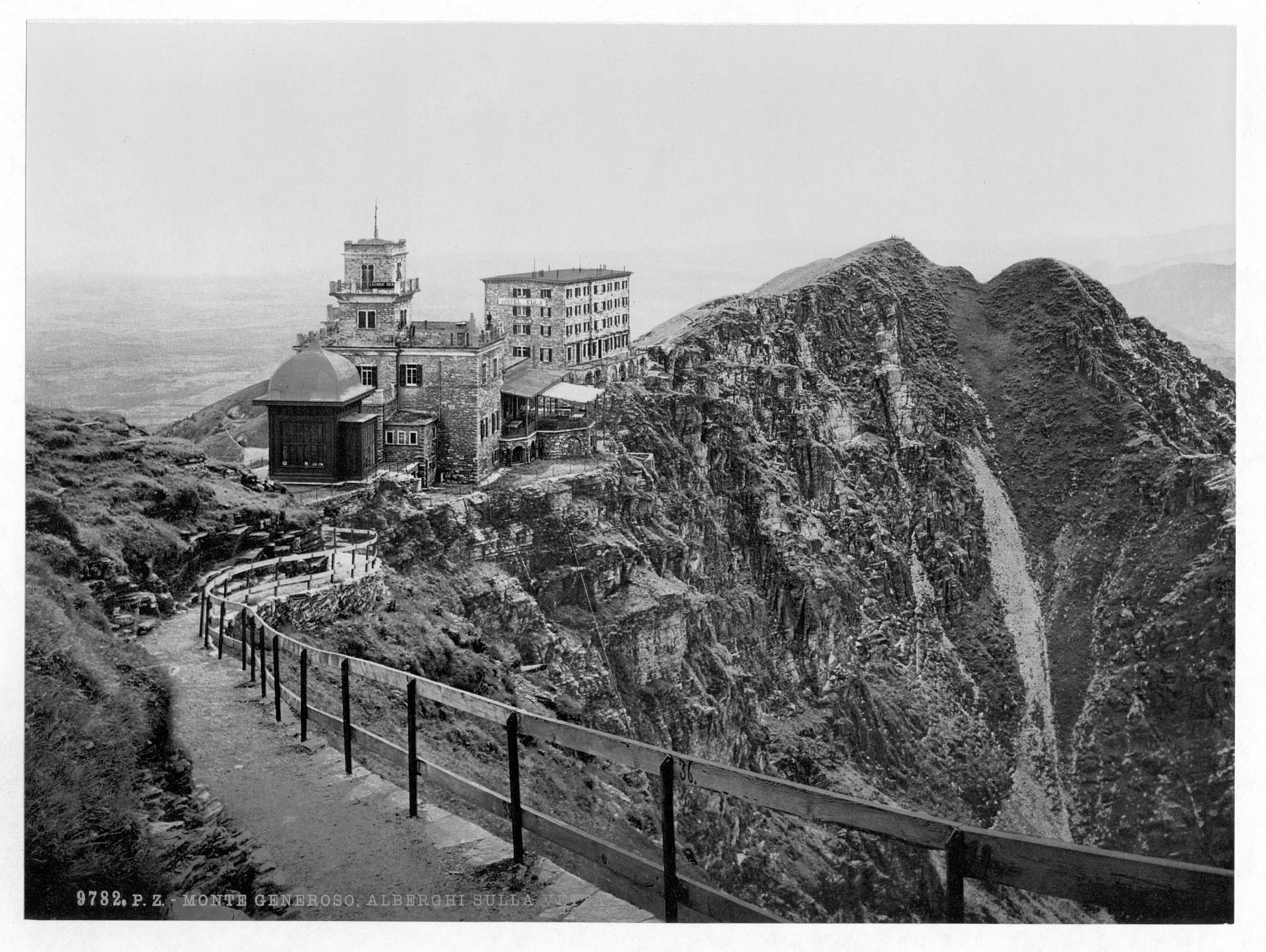
Lugano, Monte Generoso Hotel, Tessin, Switzerland
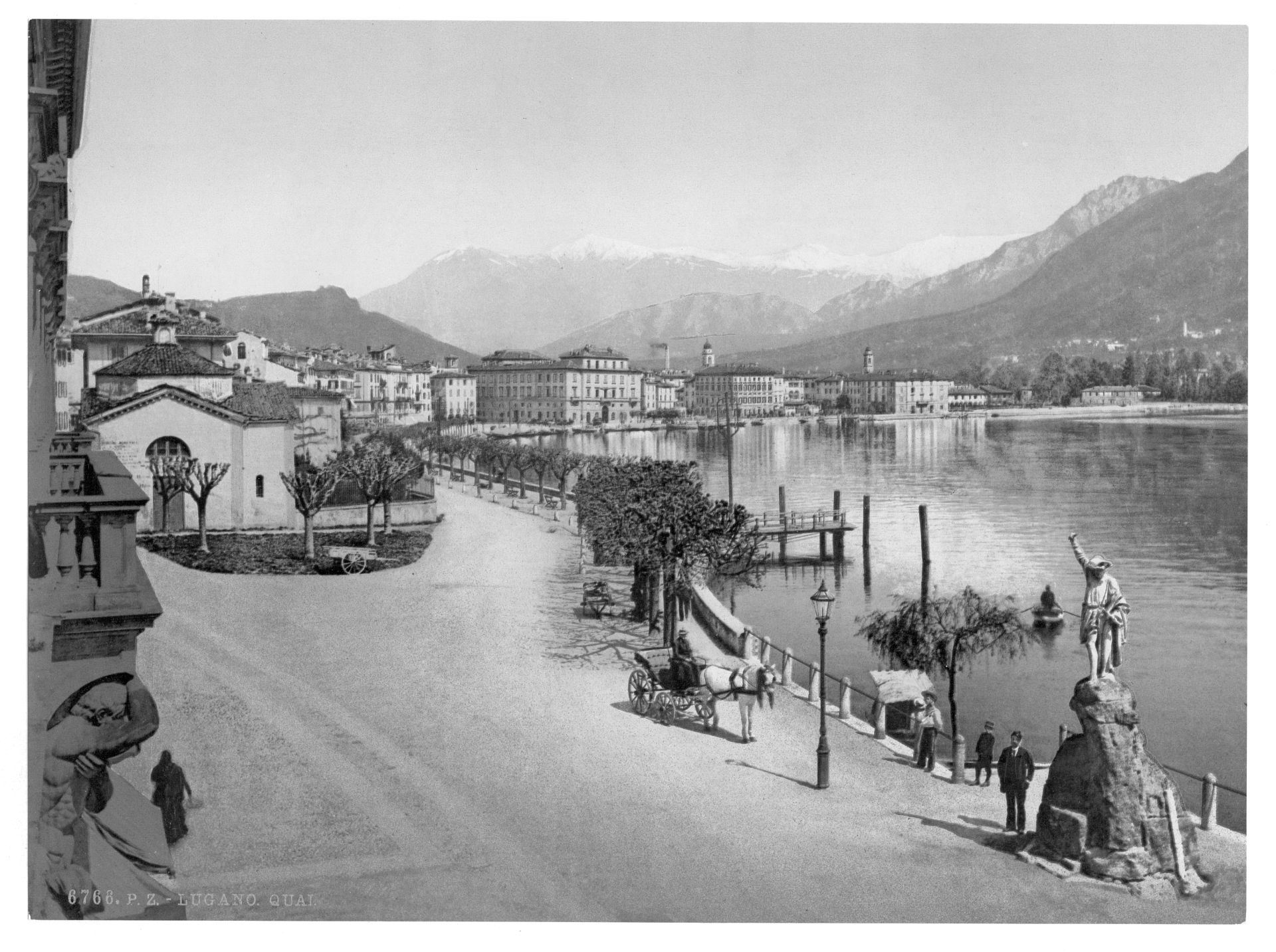
Lugano, the quay, Tessin, Switzerland
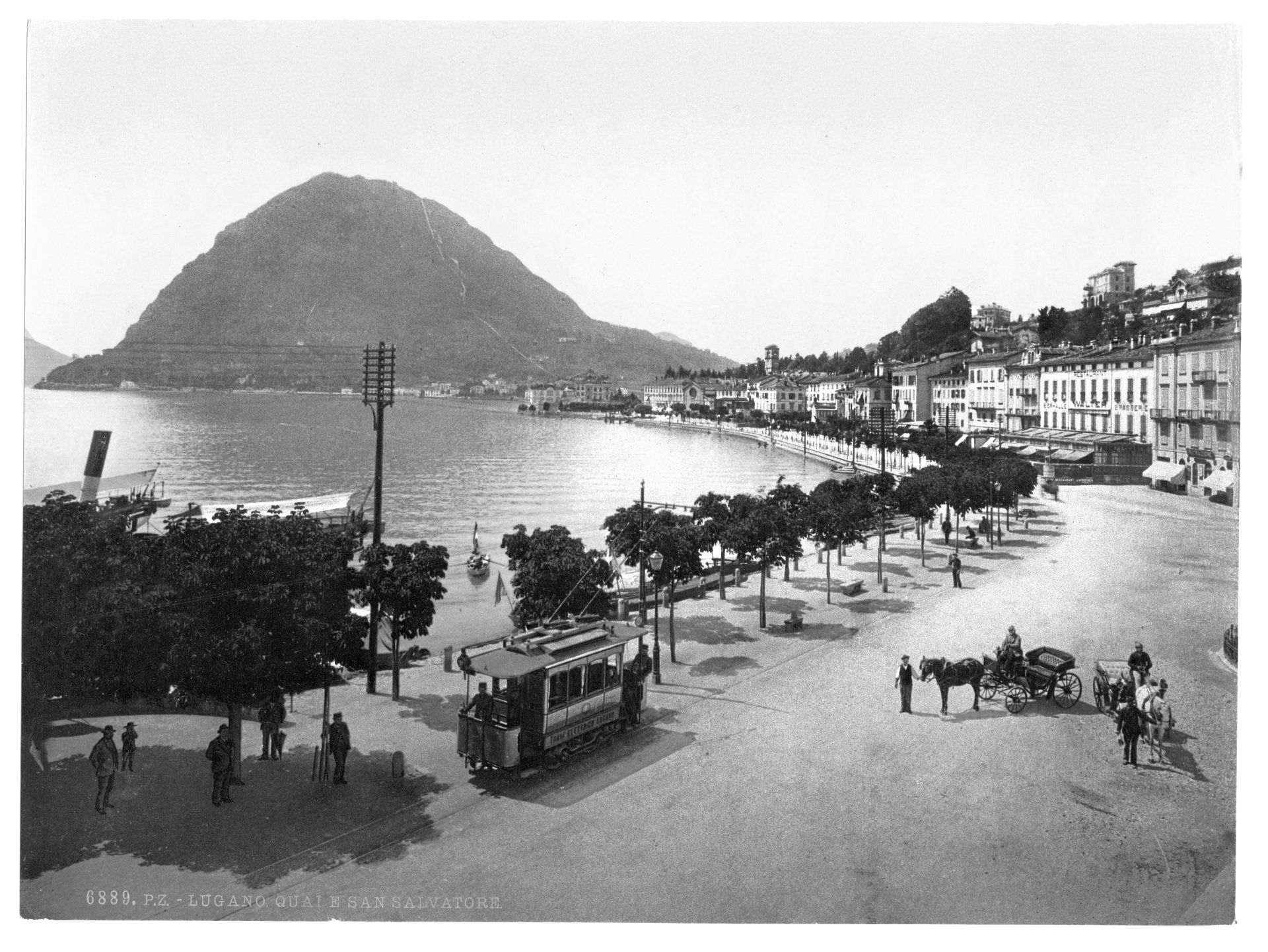
Lugano, the quay, and San Salvatore, Tessin, Switzerland
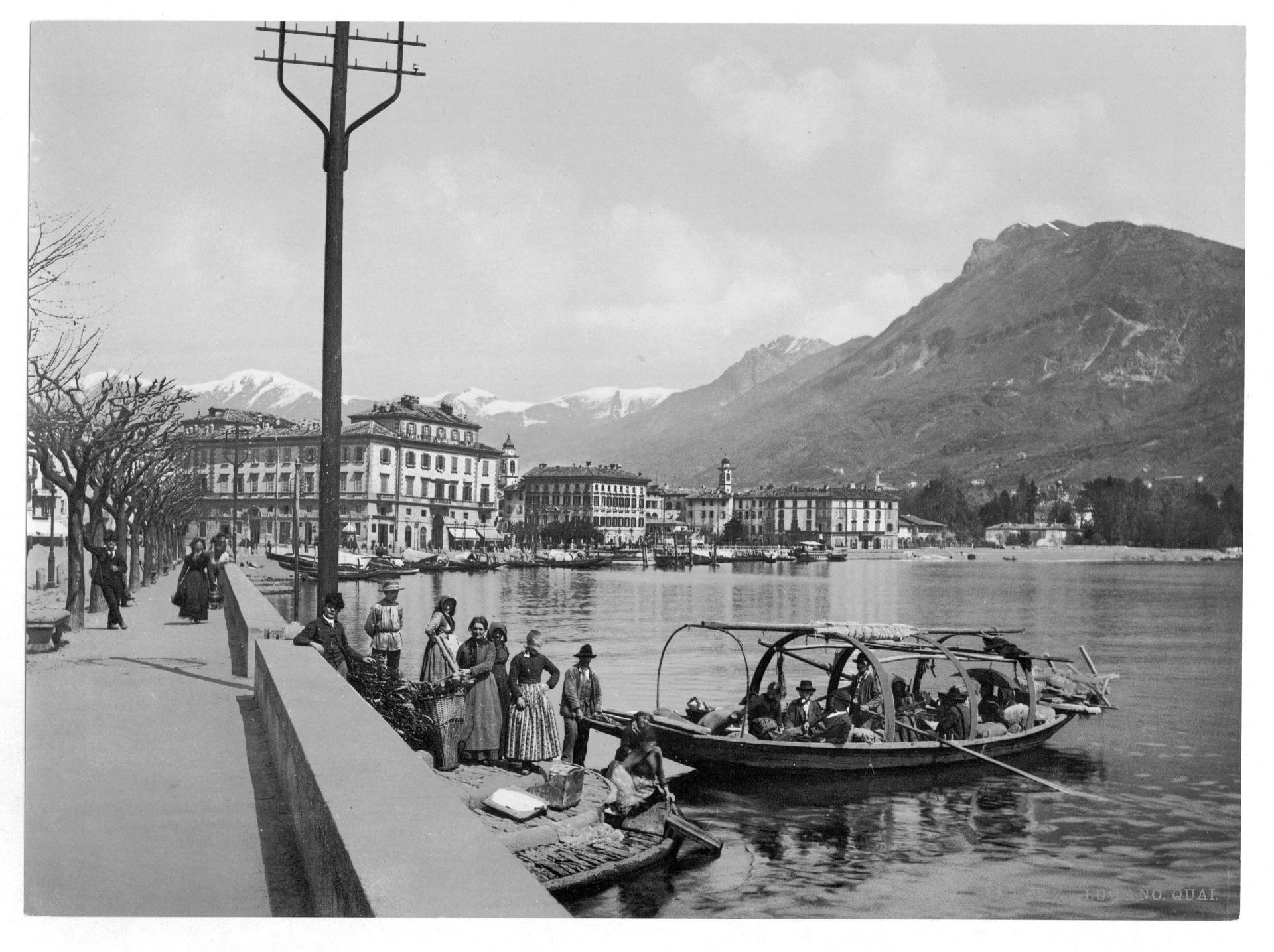
Lugano, on the quay, Tessin, Switzerland
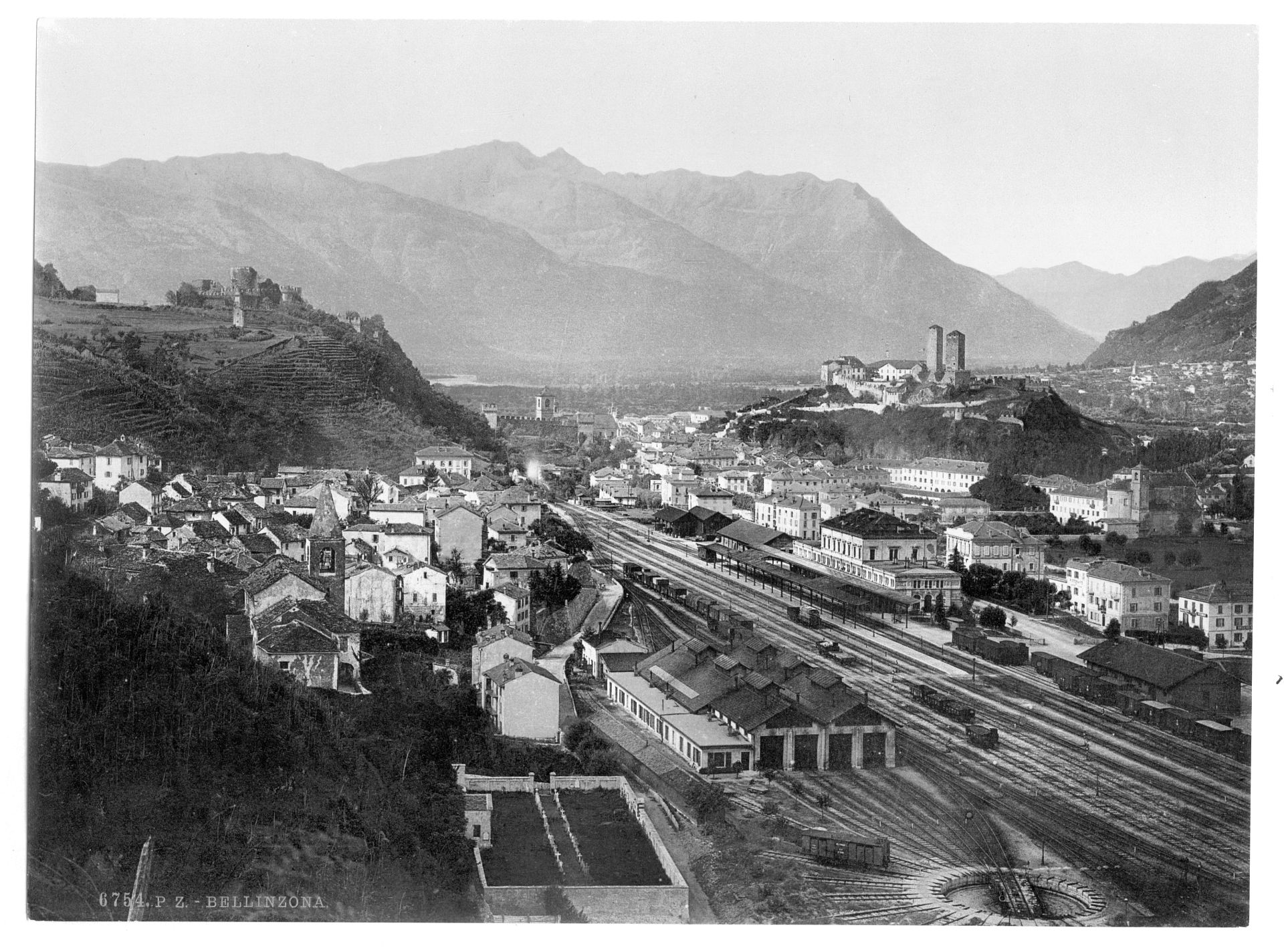
Lugano, Bellinzona, Tessin, Switzerland

Lugano, Bellinzona, Tessin, Switzerland
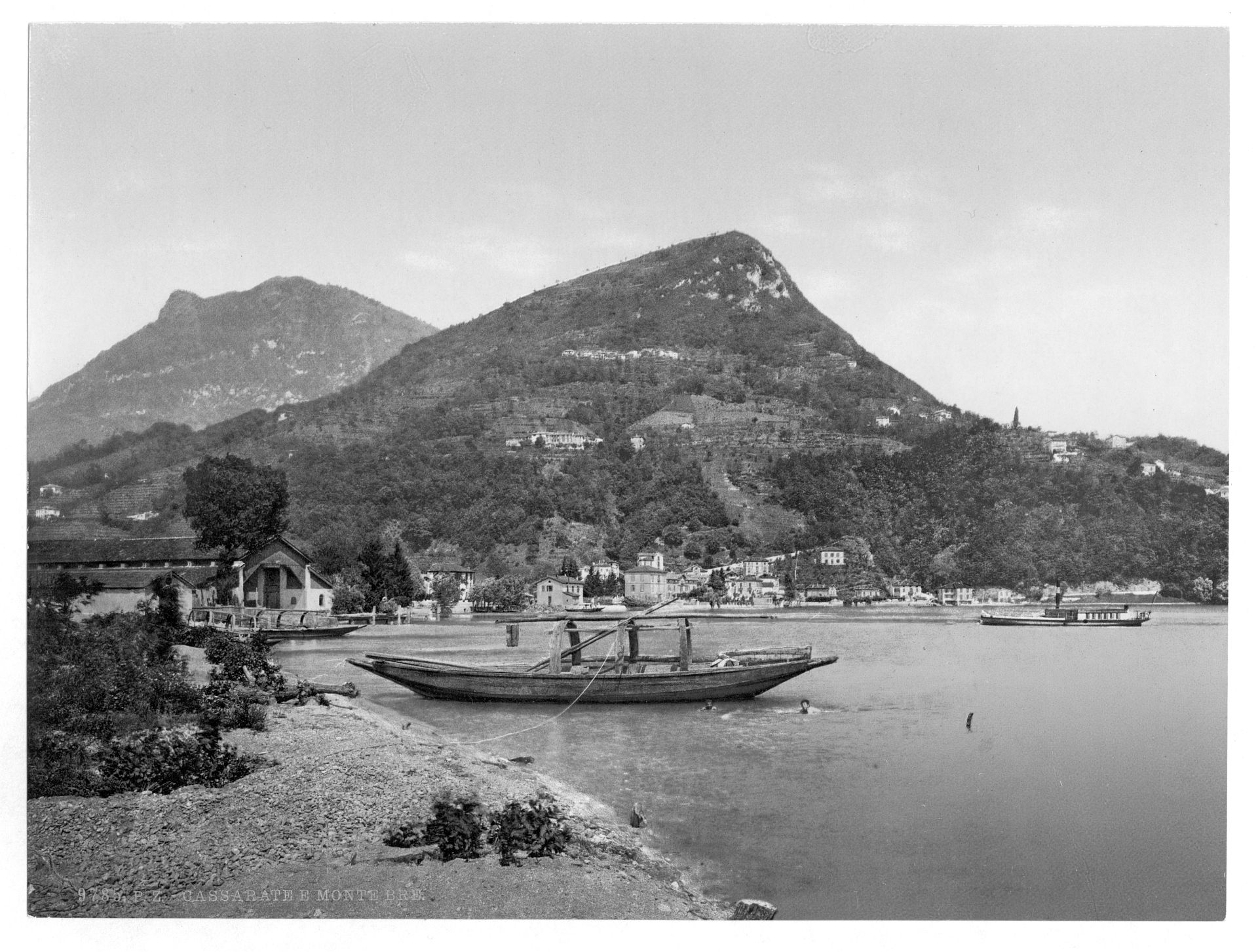
Lugano, Cassarate and Monte Brè, Tessin, Switzerland

Lugano, Gandria, Tessin, Switzerland
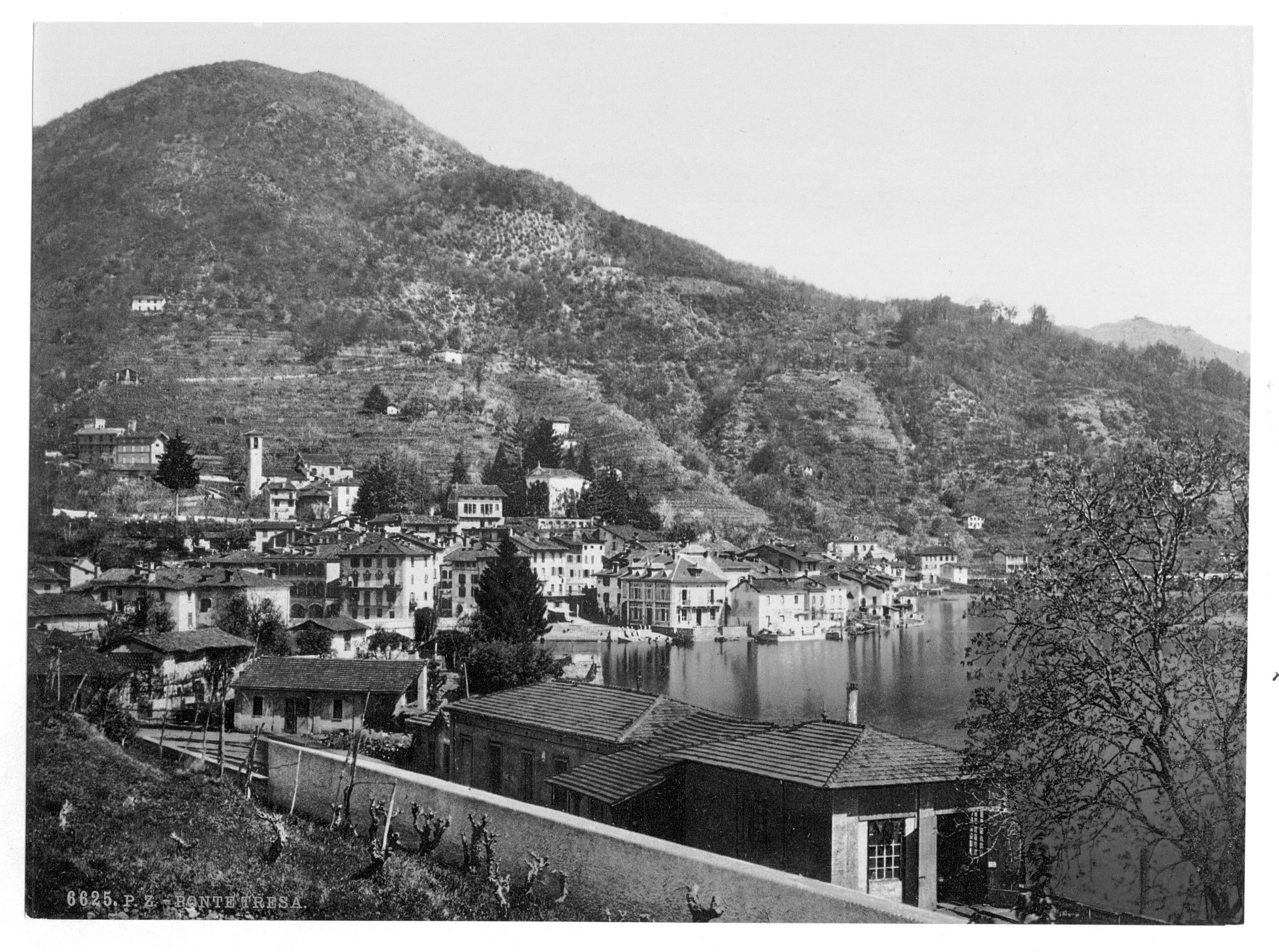
Lugano, Ponte Tresa, Tessin, Switzerland
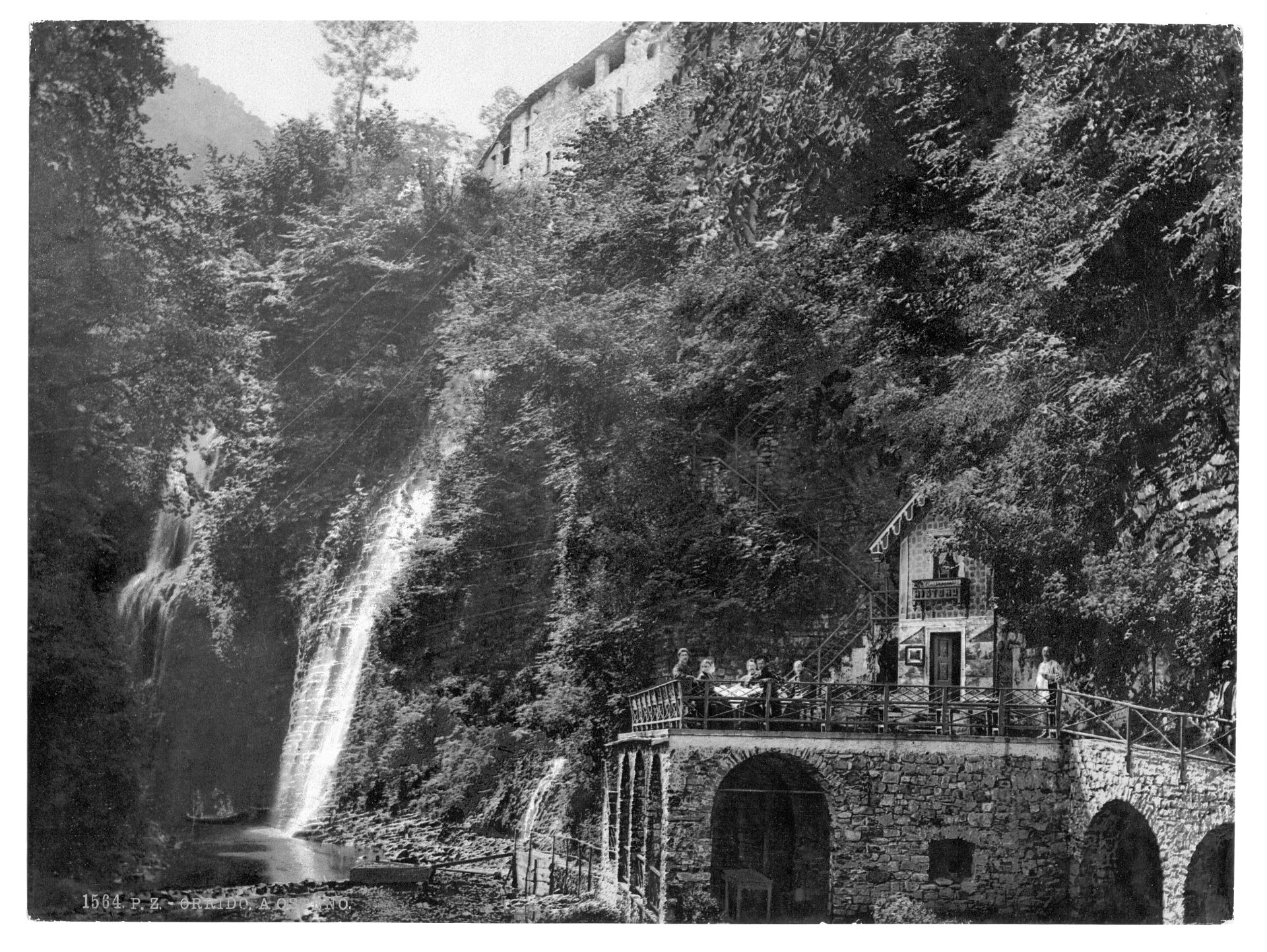
The Orrido at Osteno, Tessin, Switzerland






















